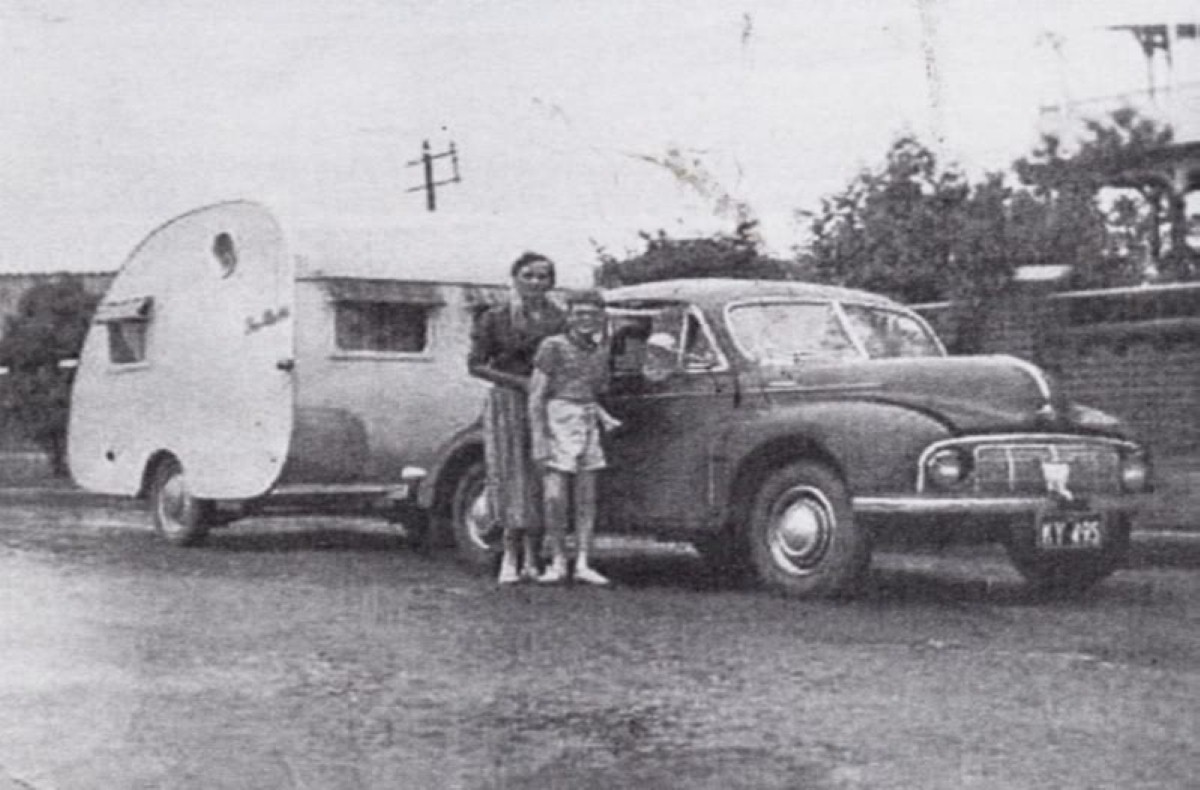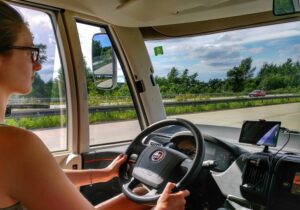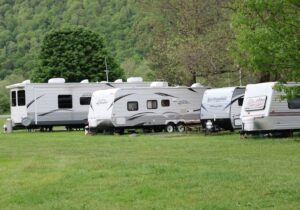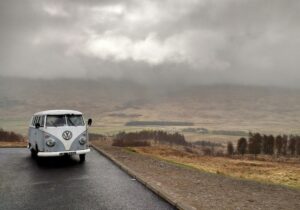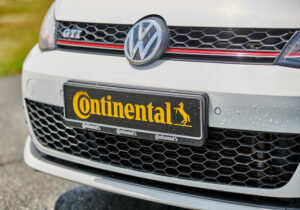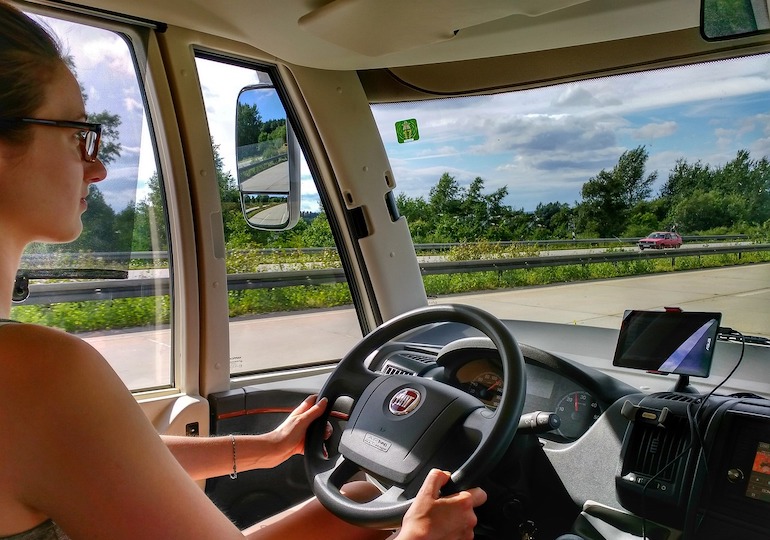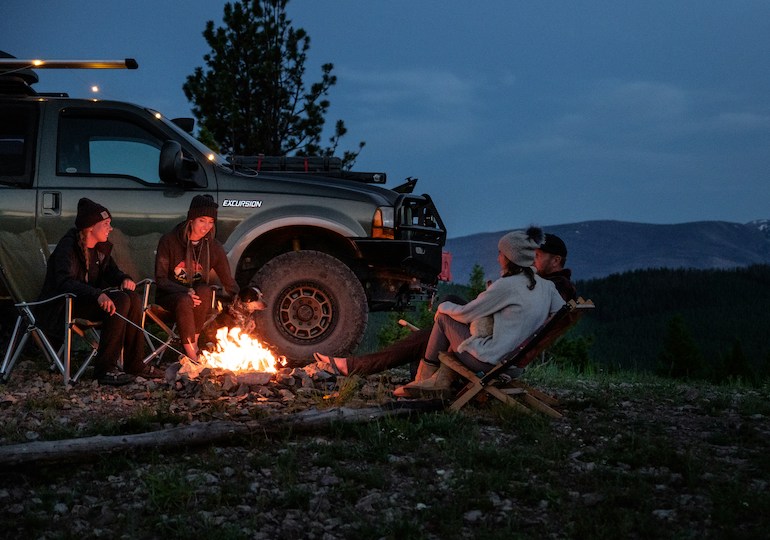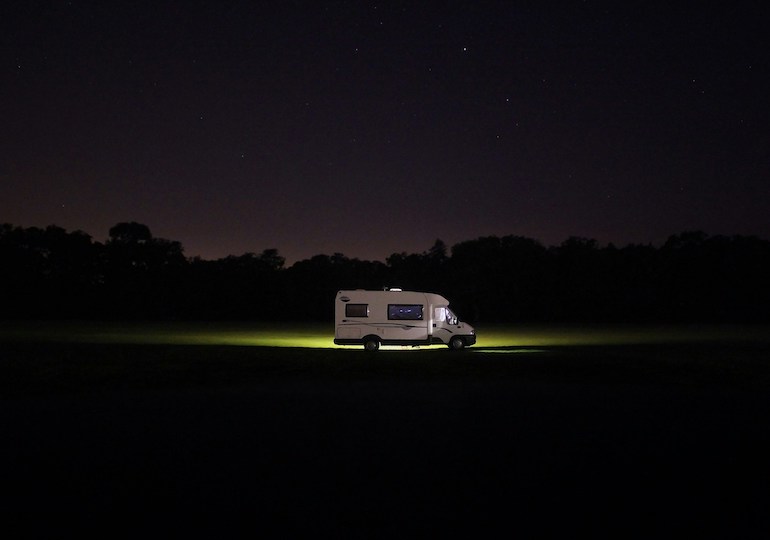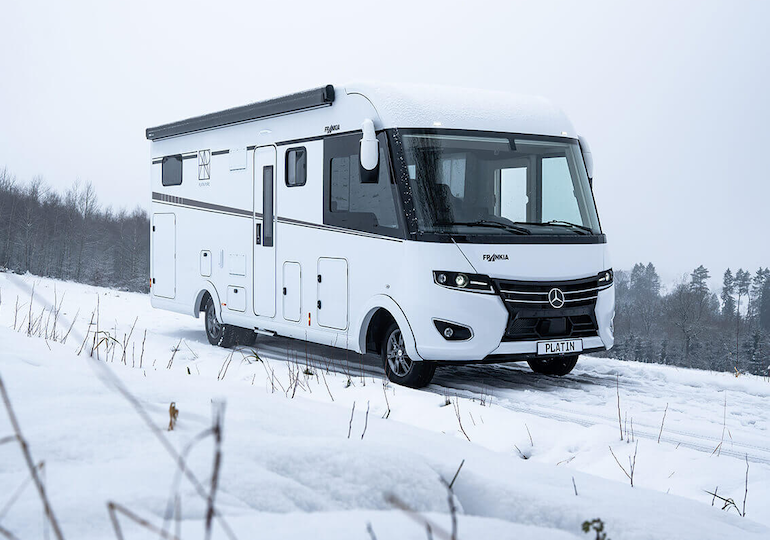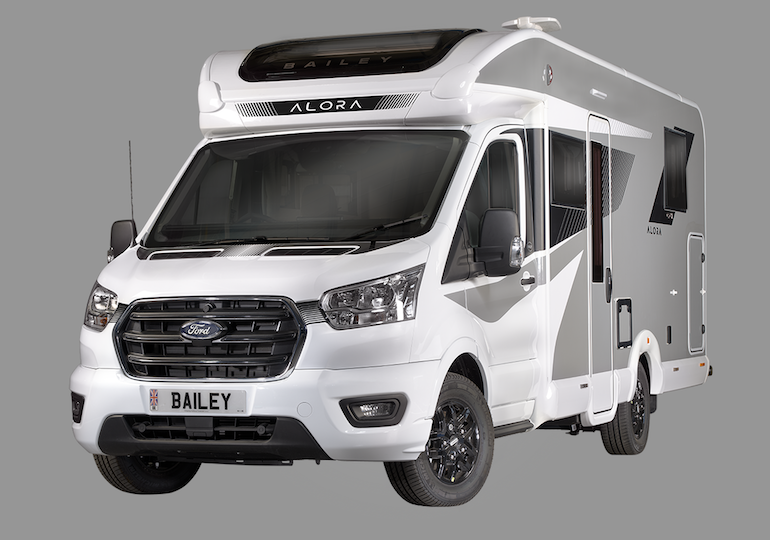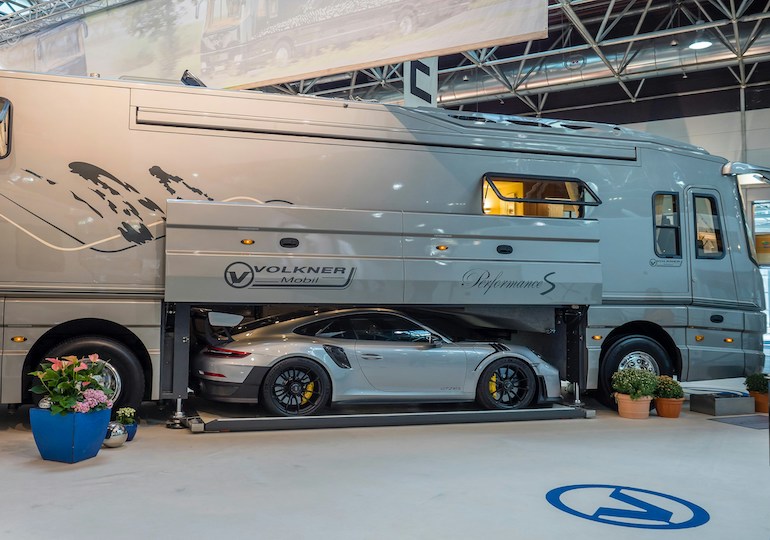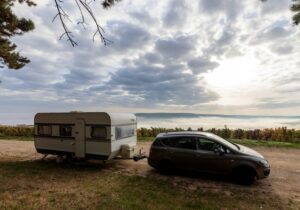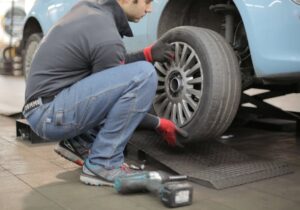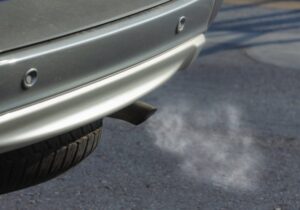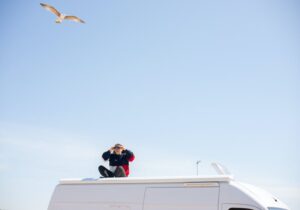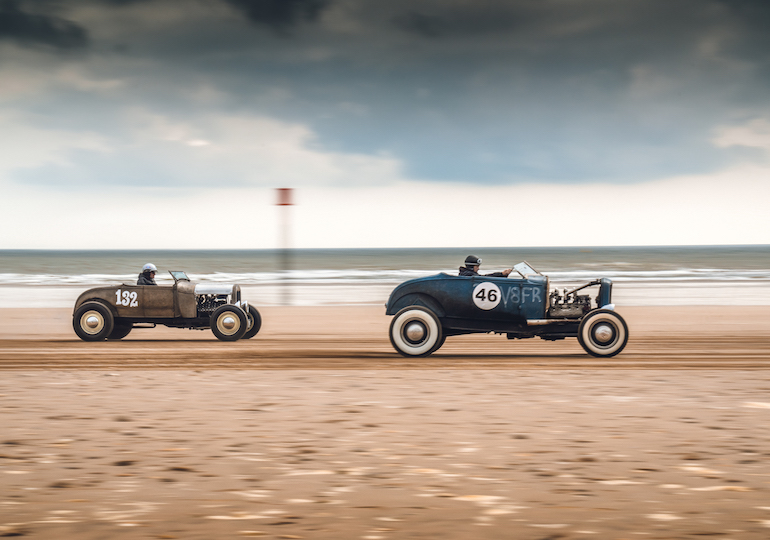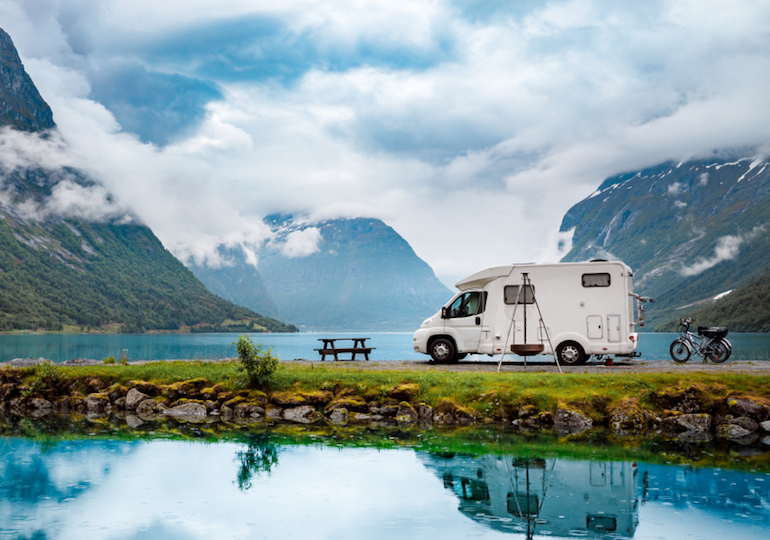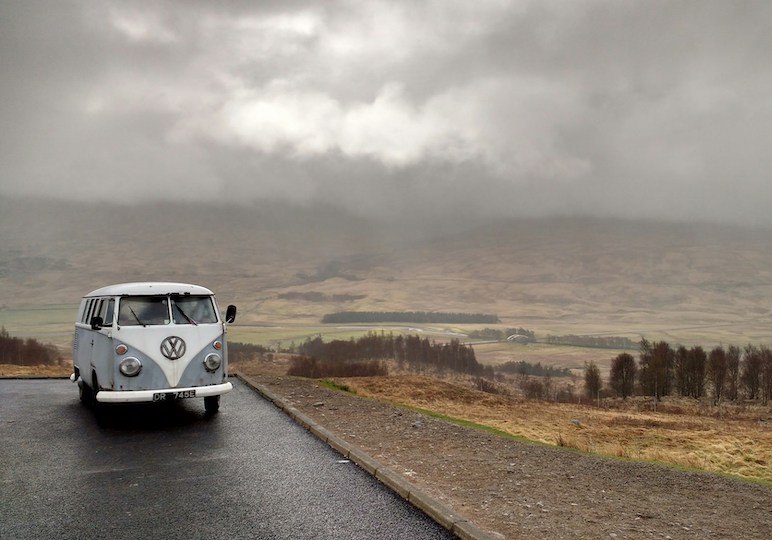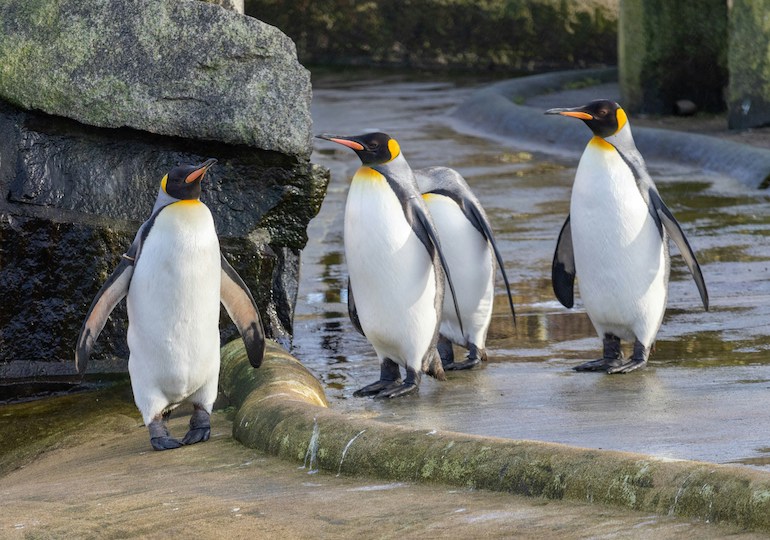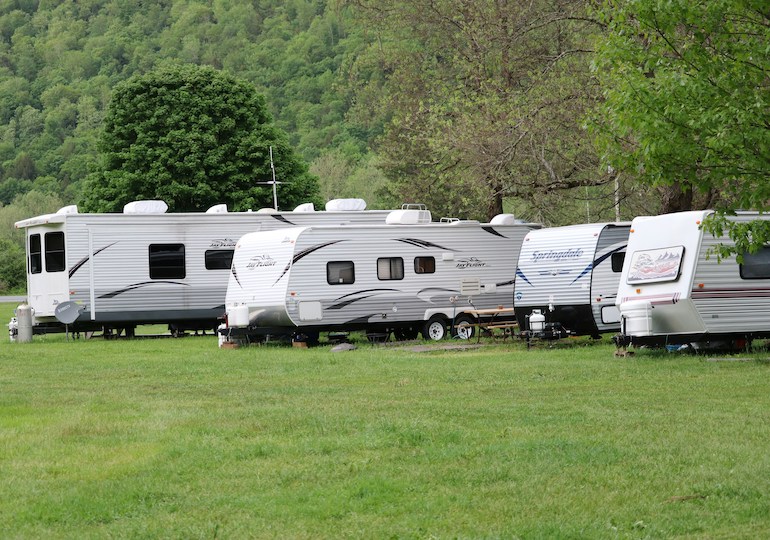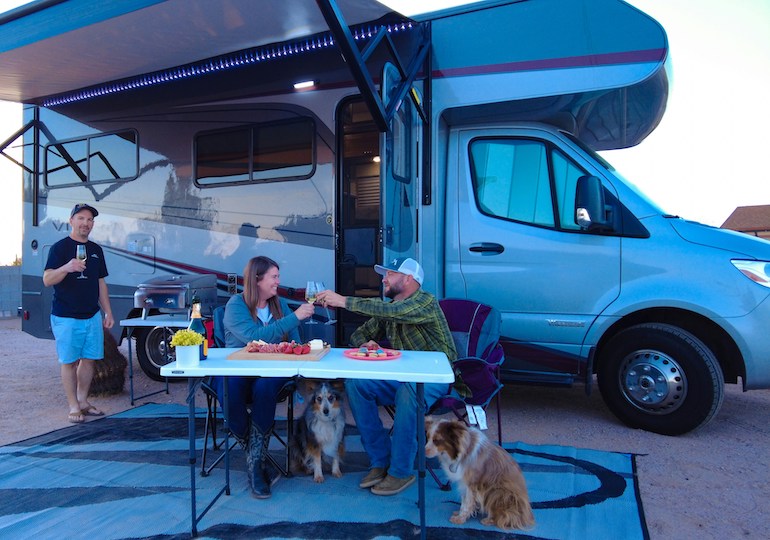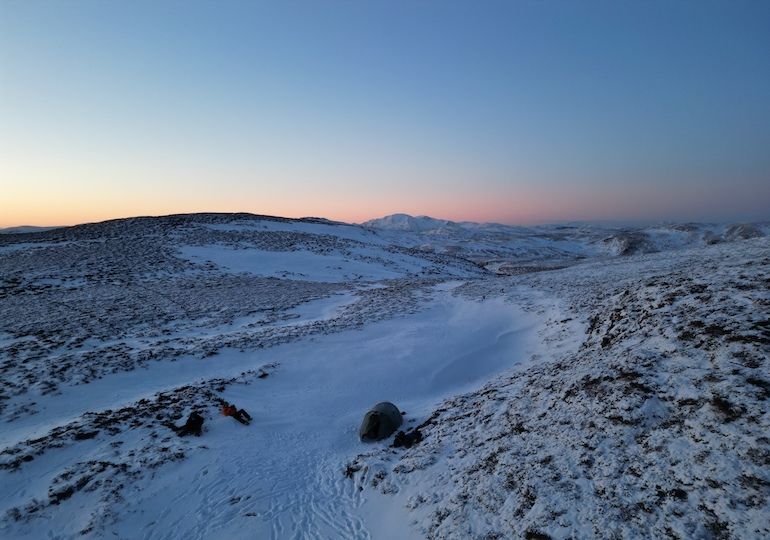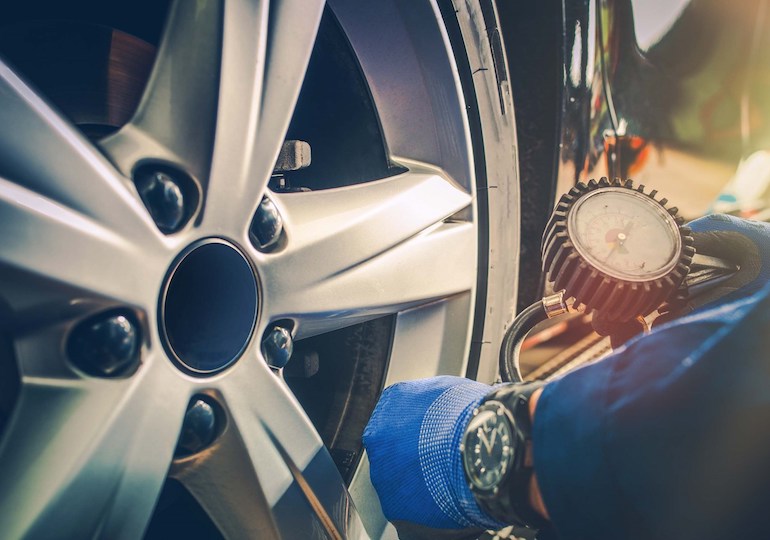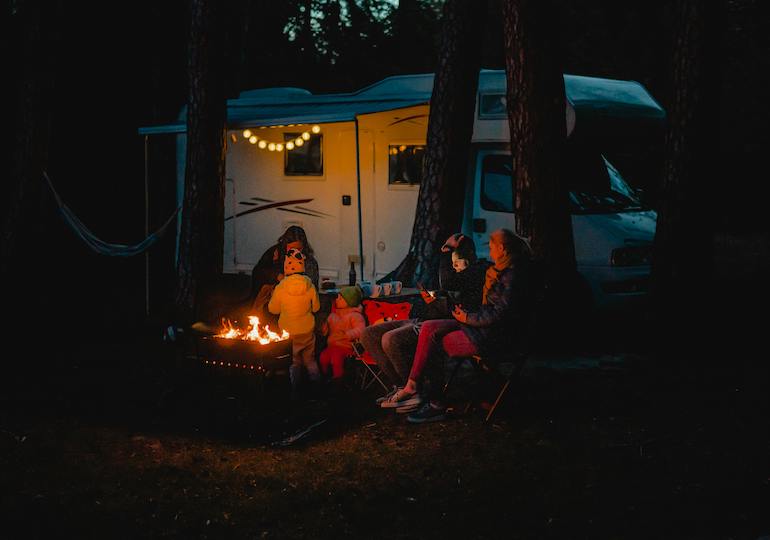Caravanning usually conjures up certain images for us, cuddling up close together, sipping that late night hot chocolate or venturing bravely outside to do some star-gazing, there are a multitude of fond memories that we associate with caravan trips.
In this feature we explore how this idea of a simple vacation that was often a family tradition has changed through the passage of time.
A trip down memory lane
Before the advent of the great invention known as the national railway system, travelling was a luxury that could only be afforded by the upper classes living across the UK.
However, the 1840s opened up the possibility of travel to more people as it was during this time that the introduction of railways lead to the increasing popularity of day-long trips to rural towns as well as the seaside.
These trips were in turn, mirrored by the development of other, even more affordable methods of travel such as camping and our very own beloved, caravanning.
People soon realised that apart from being reasonably priced, caravanning also gave them considerable freedom to explore scenic locations at their own pace and convenience.
In fact, by the late 19th century and the early 1900s, holiday camps has started shooting up in various countries of the country with caravanning becoming a perfect weekend escape and relaxation session.
This enabled people to leave the polluted and smog-filled cities and was seen as a healthy and physically-beneficial activity.
As a result the caravan holiday was born, with it being separated by two different types of holidays: the touring holidays, with caravans getting towed by cars, and caravan park holidays, which involved the renting of bigger, static caravans.

The boom years
The frequency and popularity of caravan holidays rose and eventually hit its peak during the 1960s. This was a direct result of the increasing number of caravans being sold in the UK along with a solid infrastructural development in motorways.
Having good quality, open roads helped encourage the growth of the touring caravan trend, especially with the introduction of the ever-growing and reasonably priced Sprite caravan range.
Fortunately or unfortunately, nothing in this world remains the same for very long. The same predicament was faced by caravanning in the 1970s, as the growth of cheaply priced, package holidays meant that ordinary families in Britain could afford to travel abroad for the very first time.
With punters lured away by the promises of warmer and more exotic terrains, the more traditional British caravan holidays eventually suffered a decline.

Lasting nostalgia and future
Recently though, there appears to have been a resurgence of the classic British holiday trip with the humble caravan holiday going through s a renaissance of its own.
Present day caravan manufacturers have ensured that modern caravans are now adequately fitted with the latest luxuries, and they are more spacious than ever.
Even more interesting is the fact that certain caravan parks offer stiff competition to luxurious holiday resorts in terms of facilities for families such as water-sports, playing grounds for children as well as catered dining halls.
Another reason for a return in its popularity could be due to the economic recession that has forced many families to cut down their expenses and vacation at home rather than abroad – a perfect reason to promote an exploration of the beautiful British countryside.
Furthermore, there is always a nostalgia and fondness that is connected to caravanning, with many people wishing to replicate their children experiences of the simpler joys of life and create many warm, loving childhood memories for the next generation.

Beaulieu history showcase
A new and interesting exhibition at the National Motor Museum in Beaulieu now offers enthusiastic caravanners the chance to celebrating and discover the history of caravanning on their next trip.
The display, which has been developed with the help of both The Caravan Club as well as Bailey of Bristol, showcases a unique collection of memorabilia which has occupied a space at the museum since 2006.
Visitors can here discover the history of the well-known Caravan Club that was formed in 1907.
Speaking about the benefits of the exhibition, the National Motor Museum’s Commercial Director Stephen Munn said that: “Following its recent opening, the Caravan Club exhibition has proved very popular with our visitors, a number of whom are touring in the area.
“The National Motor Museum is situated within the New Forest National Park which is a favourite holiday destination for caravan goers so the exhibition has a great resonance for many of the attraction’s 350,000 annual visitors.”
So it seems that caravan holidays are here to stay and are not planning to disappear anytime soon.

